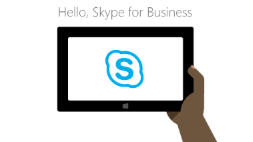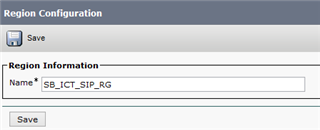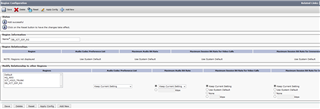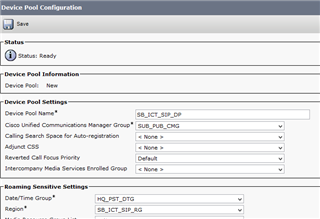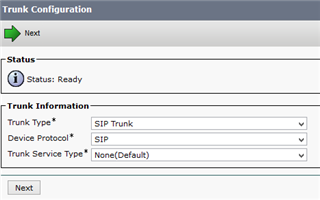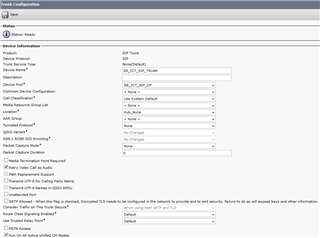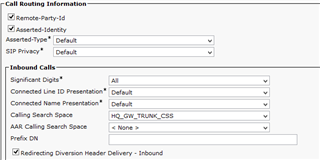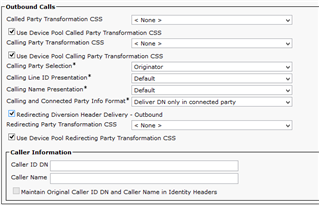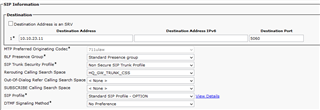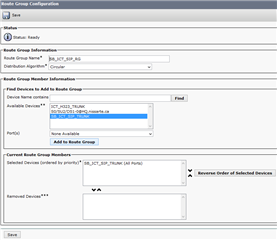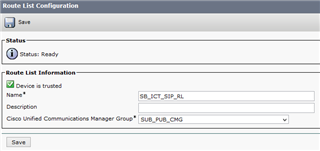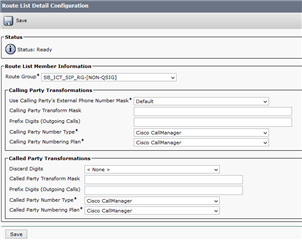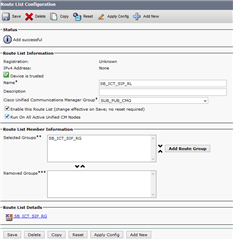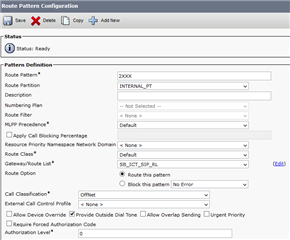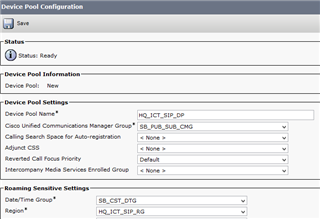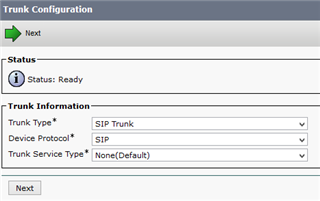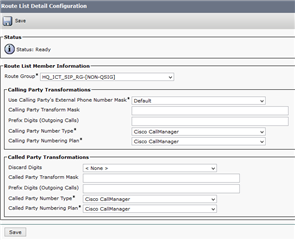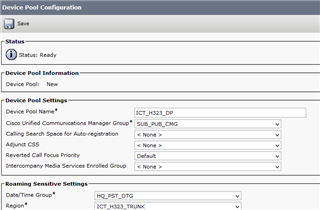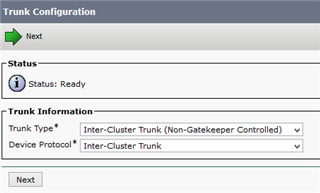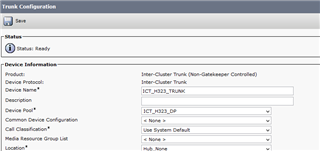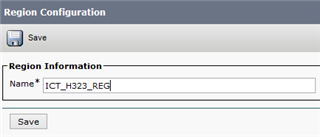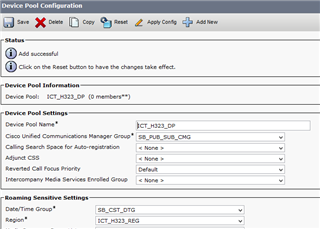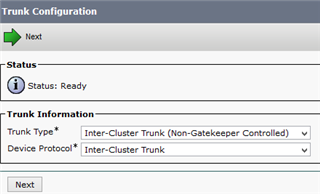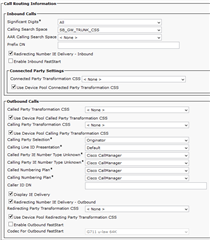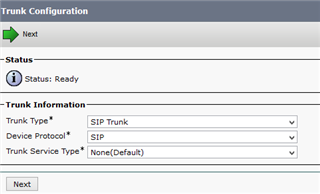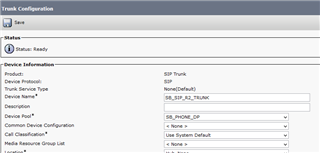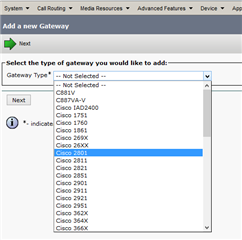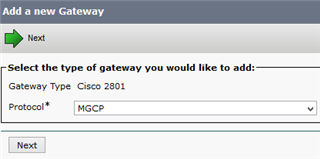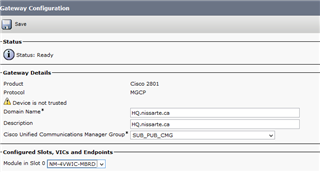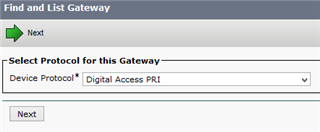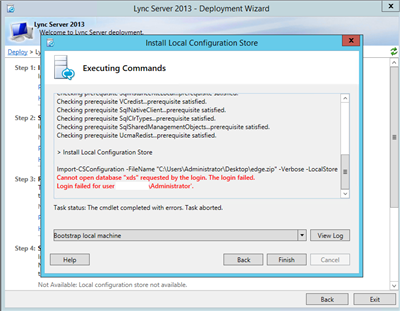Polycom a publié le 30 mars une nouvelle version software pour les modèles VVX.
Version 5.3
Téléphones compatibles:
● VVX 300/310 business media phones
● VVX 400/410 business media phones
● VVX 500 business media phones
● VVX 600 business media phones
● VVX 1500 business media phones (Microsoft Lync not supported)
● SoundStructure® VoIP Interface
● VVX Camera
● VVX Expansion Module
Nouvelles fonctionnalités:
BToE with Audio Playback
Audio Playback Mode is a feature available on the Lync server that enables users to use their VVX phone to play audio from Lync calls and media on their computer. Users can answer Lync audio or video calls in the Lync client, and the audio plays on the phone. Users can also play audio from media, such as music or web videos, on the phone.
Audio Playback is automatically enabled when the phone’s base profile is set to Lync.
Lync Voice Conference Calls with Centralized Conference Control Protocol (CCCP) Support
Users can initiate Lync conference calls, manage conference participants, view a detailed list of participants in the roster, enable announcements, lock a conference, and manage up to 24 conference calls. This feature also enables users to add up to 200 Lync contacts to a conference call, start a conference with a group, and invite participants to the conference.
This feature is enabled automatically when the phone’s base profile is set to Lync.
Lync Exchange Web Service
The Exchange Web Service (EWS) feature is a Lync Server feature that enables setup of visual voicemail, call log synchronization, Outlook® contact search, and Lync Address Book Service (ABS) adaptive search. Each of these features is enabled by default on phones registered with Lync Server. This feature also enables the administrator to retrieve an exchange server URL address automatically or manually.
The visual voicemail aspect of the EWS feature enables users to view individual voicemail messages, play individual messages, and dial contacts from the Voicemail screen. The call log synchronization aspect of the feature automatically syncs Lync calls on users’ phones, Lync clients, and Outlook, and enables users to view call logs on all three platforms. The Outlook contact search enables users to search for Outlook contacts on their phone while Lync ABS enables users to search for Lync contacts on their phone.
This feature is enabled automatically when the phone’s base profile is set to Lync.
Safe Transfer for Lync Boss-Admin
Safe Transfer is an added functionality for the Lync Boss-Admin feature that enables delegates to transfer a delegation call to the boss’s line. If the transferred call is not answered on the boss’s phone, the delegate is notified that the call wasn’t answered and the call remains on the delegate’s phone instead ofbeing sent to voicemail. The safe transfer feature is available for delegates only. The soft key Safe XTran was added for this feature.
This feature is enabled automatically when the phone’s base profile is set to Lync.
Lync Boss-Admin is supported on Lync Server 2010 and Lync Server 2013; however, a separate deployment procedure is necessary for setting up the feature for Lync Server 2010. See the section “Configure Lync Boss-Admin for Lync Server 2010” in the Deployment Guide for Polycom UC Software with Microsoft Lync.
Music on Hold
Music on Hold is a Lync Server feature that enables music to play when users place contacts on hold. However, there is a limitation for this feature where only the first call placed on hold hears the hold music; any additional held calls do not hear music.
Administrators can store music files in .wav format on the provisioning server and specify which files the phone plays when an active call is placed on hold.
VVX phones support the following .wav file formats:
● mono G.711 (8 bits/sample, 8-khz sample rate)
● mono L16/16000 (16 bits/sample, 16-kHz sample rate)
● mono L16/48000 (16 bits/sample, 48-kHz sample rate)
Administrators can enable the feature using configuration files. The parameters feature.moh.enabled and feature.moh.filename are new parameters for this feature.
Release notes: http://downloads.polycom.com/voice/voip/uc/UC_Software_5_3_0_Release_Notes.pdf
Téléchargement: http://support.polycom.com/PolycomService/support/us/support/voice/business_media_phones/vvx500.html



